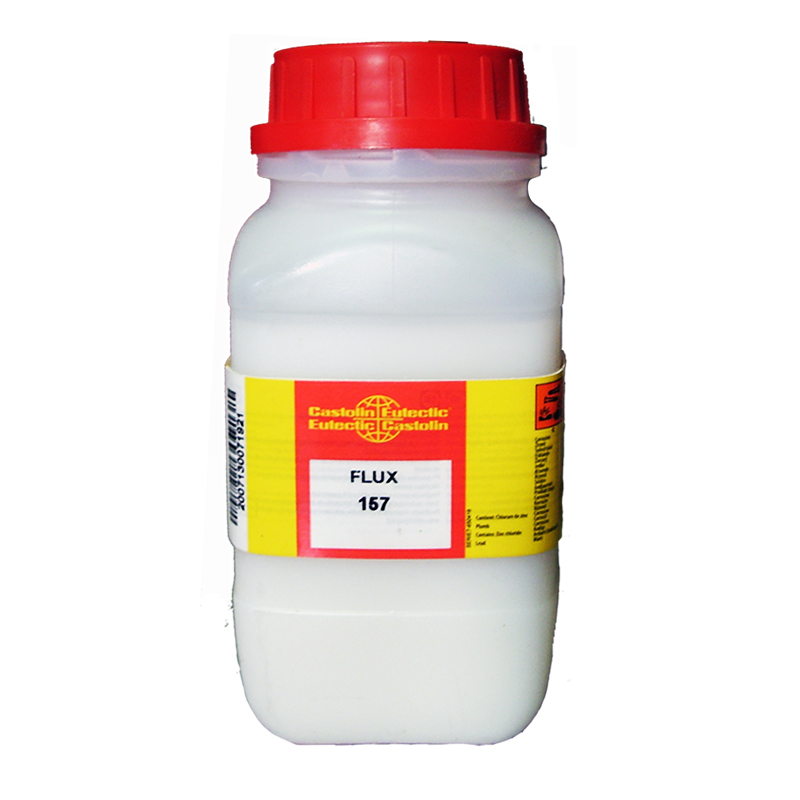- Joined
- May 2, 2025
- Messages
- 1
I have fitted a Commando front brake, and Brake lever assembly to my A10 BSA. The lever assembly incorporates the Choke lever and has no provision for an adjuster. (unthreaded cable socket) I'm using a brake switched cable but can't get a cable to suit the setup. I need a cable that has 115 - 120mm of inner extending from the outer on the bottom end from the end of the outer cable adjuster to the center of the clevis pin. I have purchased 2 different cables, and both have been too long to get proper adjustment. The first one was way too long, and the last one was about 25mm too long to get a satisfactory adjustment. Does anyone know enough about the cables to advise where to get the correct one, or a genuine item with the 115-120mm of inner protruding the bottom end of the adjuster thread to the clevis pin center?


